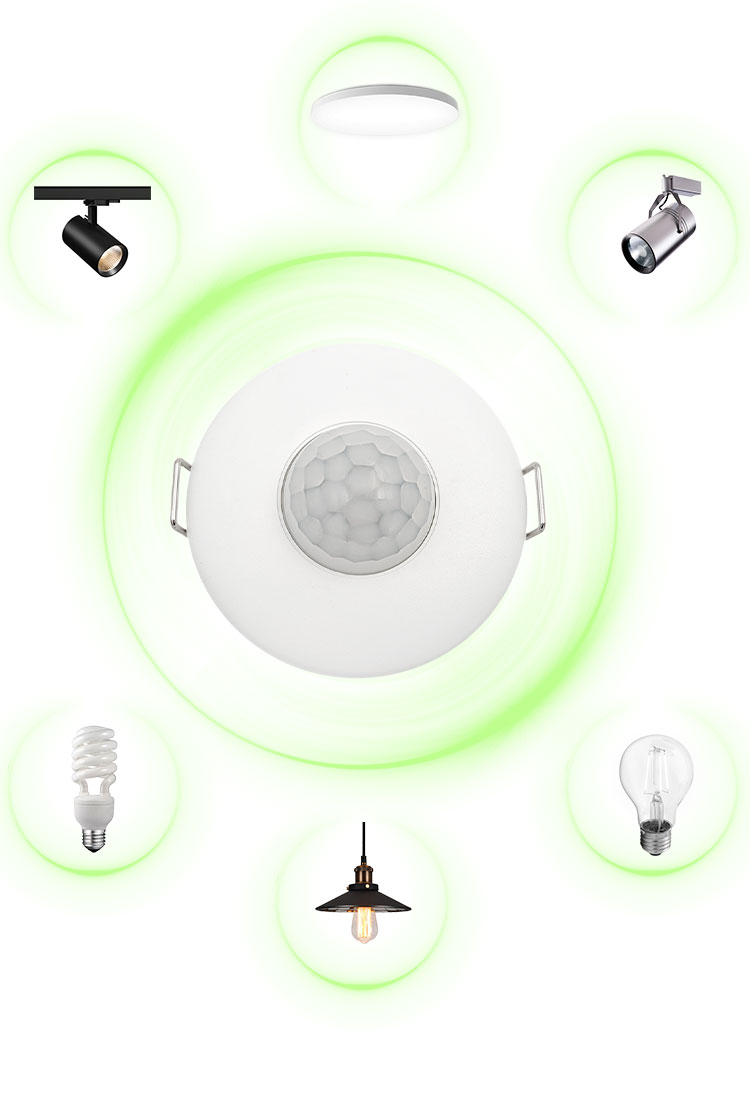

Exploring 24GHz Microwave Sensors: The Cutting Edge of Future Technology
With the continuous advancement of technology, microwave sensor technology has permeated every aspect of our lives. Today, we will delve into 24GHz microwave sensors, examining how this cutting-edge technology is transforming our world and its potential applications in the future.
What is a 24GHz Microwave Sensor?
A 24GHz microwave sensor is a device that utilizes electromagnetic waves in the 24GHz frequency band for detection and measurement. This type of sensor can detect the presence, motion state, and distance of objects, making it widely applicable in fields such as automotive, industrial automation, security monitoring, and smart home systems.
How 24GHz Microwave Sensors Work
24GHz microwave sensors operate by emitting microwave signals and receiving the reflected signals. When microwaves encounter an object, part of the energy is reflected back. By analyzing the frequency shift (Doppler effect) and time delay of the reflected signals, the sensor can calculate the object's speed, distance, and direction.
Advantages of 24GHz Microwave Sensors
1.High Precision and Reliability: 24GHz microwave sensors provide highly accurate distance and speed measurements, even under harsh weather conditions.
2.Compact Design: With technological advancements, 24GHz microwave sensors have become increasingly smaller, making them easier to integrate into various devices.
3.Low Power Consumption: Compared to other types of sensors, 24GHz microwave sensors typically consume less power, helping to extend the battery life of devices.
4.Strong Anti-Interference Capability: The 24GHz frequency band offers excellent penetration and is less susceptible to interference from other wireless signals.
Application Areas
Automotive Industry: In vehicles, 24GHz microwave sensors are primarily used for adaptive cruise control (ACC), blind spot detection, parking assistance, and collision warning systems.
Industrial Automation: In industrial settings, these sensors can detect object position, speed, and flow, improving production efficiency and safety.
Security Monitoring: 24GHz microwave sensors can be used for intrusion detection, motion monitoring, and smart lighting control, providing security for homes and commercial spaces.
Smart Home Systems: In smart home applications, 24GHz microwave sensors enable automated controls, such as turning lights on/off or adjusting indoor temperature.
Future Outlook
With the rapid development of the Internet of Things (IoT) and artificial intelligence (AI), the application prospects for 24GHz microwave sensors are vast. We can anticipate these sensors playing a significant role in autonomous vehicles, smart cities, remote medical monitoring, and other innovative fields.
Conclusion
24GHz microwave sensors are an indispensable part of modern technology. They not only enhance the convenience of our lives but also lay the foundation for future technological advancements. As technology continues to evolve, we can look forward to these sensors bringing even more surprises and transformations to our world.








